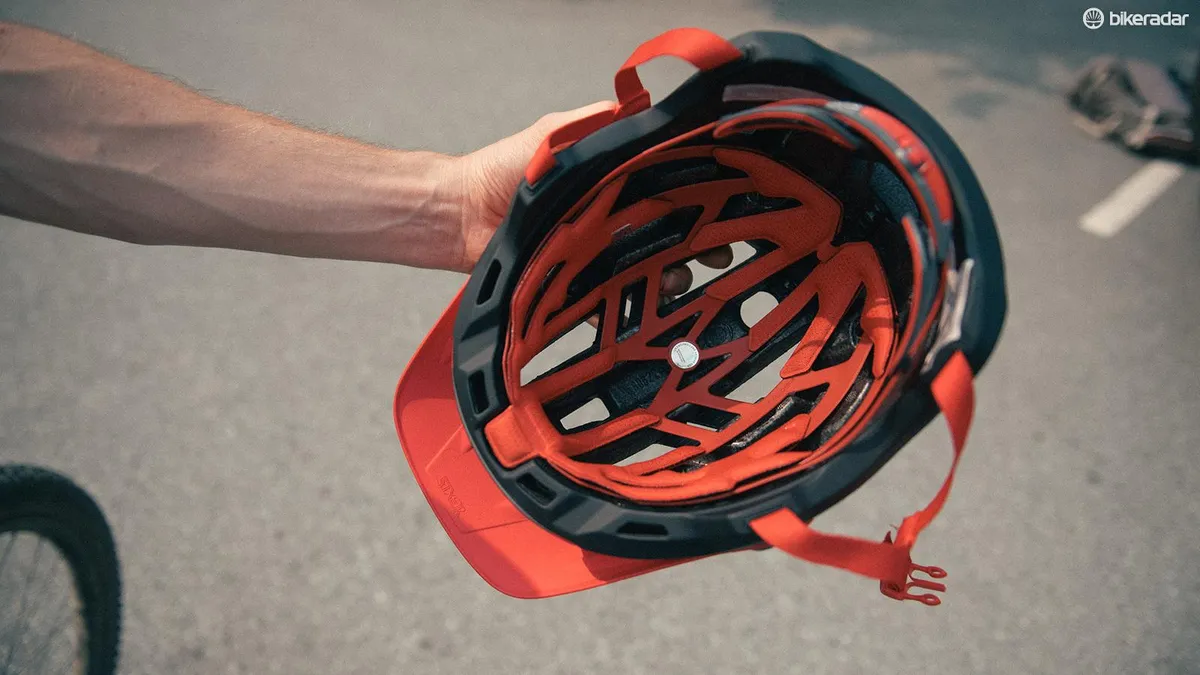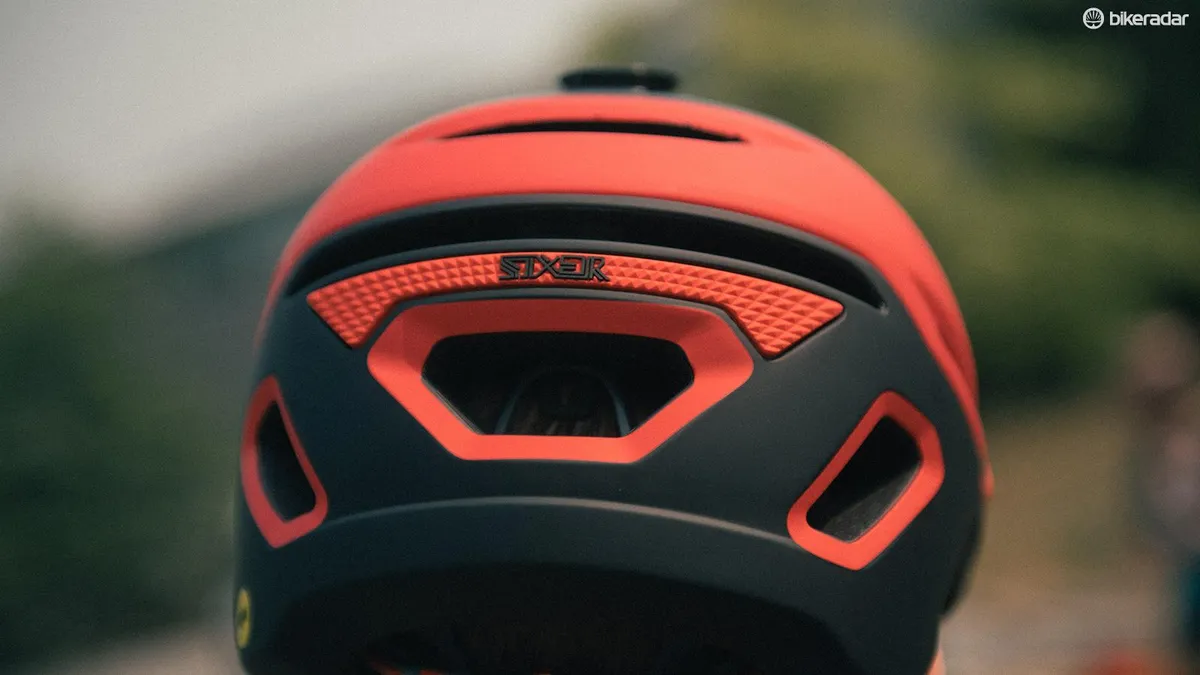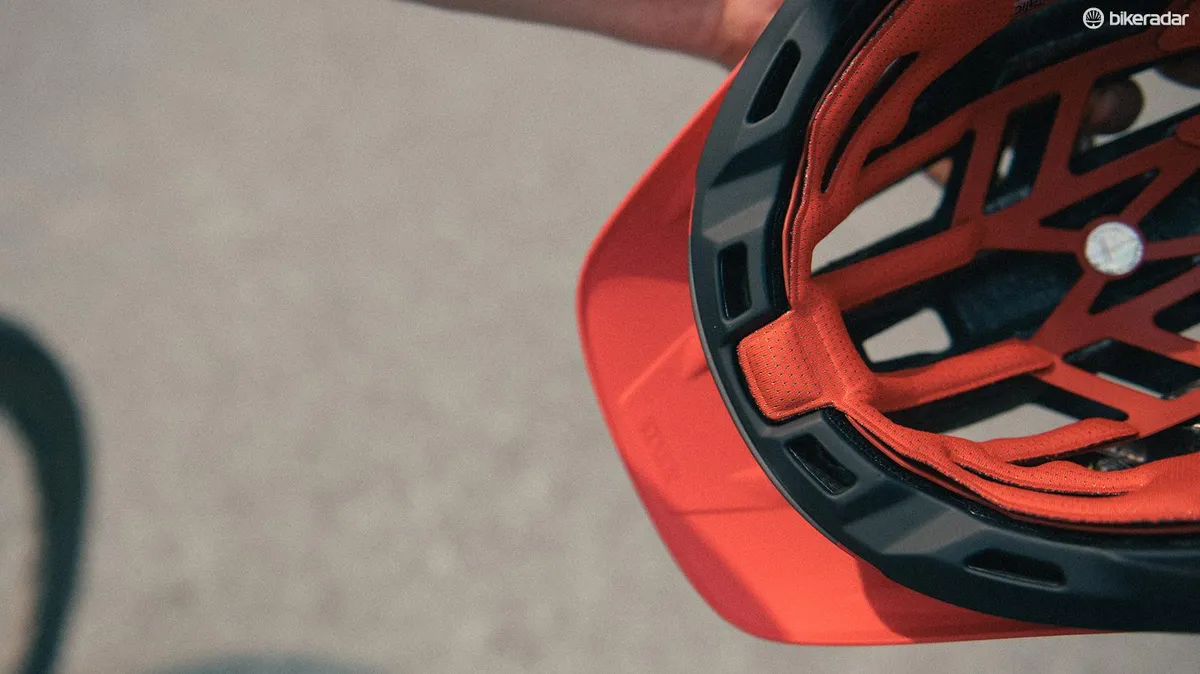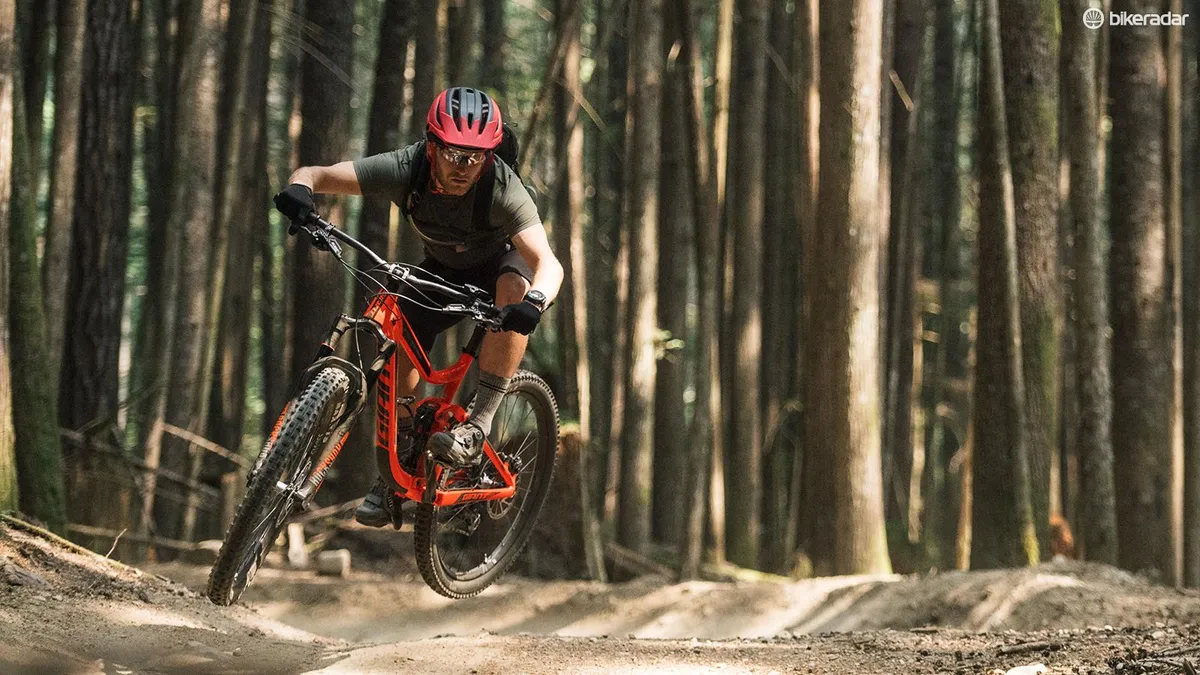Bell has added a new trail helmet to its line. The Sixer builds on the legacy of the Super with refined styling and updated safety features.
- The Bell Super DH is ready to rumble
- Bell Zephyr MIPS helmet review
- How to inspect and care for your helmet
Bell Sixer highlights
- Meets CPSC, CE and AU safety standards
- Integrated MIPS system
- Dual-density EPS foam
- Offered in sizes S through XL
- Integrated breakaway camera/light mount
- 410g (size medium)
- $150 (UK and Australian pricing TBC)
- Available in November
Bell launched the Super half-shell in early 2013. It featured substantially more coverage than many other mountain bike helmets in the burgeoning trail/enduro category. As more companies developed similar offerings, the Super began to look dated.The Sixer replaces the Super as the company's trail helmet. According to Bell, this new lid provides similar coverage to its predecessor in a sleeker, better-ventilated package.
Sixer safety features

The Sixer passes CPSC, CE and AU safety standards. It features progressive layers of EPS foam, with lower-density layers positioned along the interior to improve its ability to dissipate energy during an impact.
The Sixer follows in the footsteps of the Zepher road helmet with an integrated version of MIPS, known as MIPS Float Fit Race. Integrating this rotational impact system directly into the fit system, rather than relying on an additional plastic shell to mitigate rotational impacts, is said to significantly improve airflow through the Sixer.
Creature comforts

While the Super remains a competent trail helmet, common complaints include a lack of ventilation and a rather large profile.
“Fit and ventilation were key priorities with this new helmet,” said Ben Penner, engineering manager at Bell Helmets.
The Sixer has a more refined silhouette than its predecessor, with 26 vents as well as four brow ports.
“All of our entrances have a clear path to the exits,” said Penner of the Sixer’s ventilation system.
The Sixer has a four-position visor that swings out of the way to allow riders to prop their goggles on the front of the helmet when not in use. There’s also a rubberized strip along the back of the helmet to keep the goggle strap from slipping.
On top of the helmet is a breakaway mount that can be used for securing a light or camera.

Like the Zephyr, the Sixer uses Bell’s Sweat Guide system to channel sweat away from the wearer’s face. It does this by using a strip of foam padding that extends away from the center of the brow. It’s designed to absorb perspiration from the rest of the brow pads and allow it to drip in front of, rather than on, your sunglasses.
First impressions

My one day of testing the Sixer consisted of riding in Squamish, British Columbia. The trails were steep and the temperature and humidity high.
The mercury was hovering around 90°f / 32°c, so it would have been a steamy ride no matter what helmet I was wearing. In these conditions, the Sixer did a good job of managing heat. The vent positioning, along with the integrated MIPS system, does seem to promote good airflow as long as you’re moving.
I found the MIPS Float Fit Race system to be secure and very comfortable.
From my brief time on the Sixer, the standout feature was the sweat management system along the brow. It worked as advertised by keeping sweat from pouring onto my sunglasses.
It’s worth noting that the Sixer I tested isn’t a full production version. The adjustable visor lacked the four indexed position that will be present in the final product. In addition to this refinement, Bell is exploring options to improve the Sixer’s strap management system.
Overall, the Sixer is a promising entrant into the trail helmet market and a worthy successor to the Super.
Stay tuned for a full review once we get our hands on the production version.

